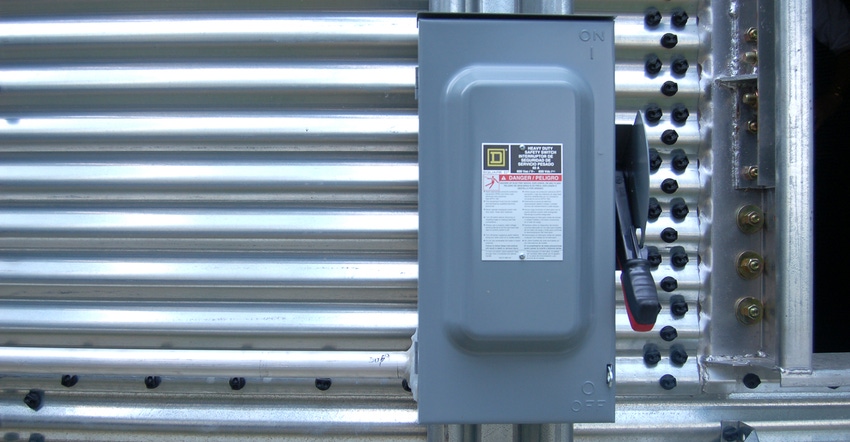
You’re unloading the last load of corn from a bin. The price is too low, but you need cash and space for the 2020 crop. The corn was wetter than you’d like when you put it in this bin, and the fan isn’t as big as it should be. You hope to replace it with a bigger one, if prices recover.
To do that, you must still be alive. That’s blunt, but that’s how Bill Field looks at it. If grain stops flowing during this unloading job and you take shortcuts to get it going again, your number just might be up. You could become a statistic in Field’s 2020 nationwide survey of confined space injuries and fatalities.
“We haven’t fielded this many questions about out-of-condition grain that won’t flow out of storage since the 2009-10 growing season,” says Field, a Purdue University Extension ag engineer. He and his staff compile a nationwide summary each year. Incidentally, there were 58 grain bin entrapment cases reported in 2010, a number that hasn’t been approached since. However, the number rose back to 38 in 2019, tying the 38 cases reported in 2014 — and second to 2010 within the past decade.
“There is a direct correlation between out-of-condition grain and increased risk of a worker being exposed to an entrapment situation,” Field says. “When you have to fight to get the grain out of the bin, there’s a strong temptation to bypass safe work practices and enter the structure to keep grain flowing.”
Don’t give in to the temptation, Field emphasizes. Instead, he offers these five actions as the first things you should do when grain stops flowing:
1. Never enter a bin with evidence of crusting on the surface or within the grain mass. If you’ve removed grain and the surface hasn’t moved, stay out of the bin! Crusting has likely formed a dome over the outlet. Don’t let yourself get trapped in the void.
2. Remove out-of-condition grain immediately. Grain condition won’t get better in storage, Field says. It will only get worse. The warmer the weather, the faster condition will decline.
3. Make all observations and unplugging efforts from the outside. Stay at the top access hatch. If you attempt to use a long pole to probe down into the grain mass to break up crusts, from the outside, make sure there are no power lines around that could contact the pole.
4. Contact a professional. Many argue this should be the first step on the list. If the grain is so crusted that you can’t get it moving following the bin manufacturer’s recommendation, it’s time for a professional grain salvage service that has the expertise and equipment to deal with the situation. The service will cost money, but it will save lives.
5. Don’t begin haphazardly cutting into a bin. Cutting bin walls to free grain without consulting the manufacturer can turn a bad situation into an outright disaster, Field says. You could damage the structural integrity of the bin if you don’t cut at the proper places. You may also cause uneven unloading, which could result in structural failure and bin collapse. You not only put yourself in danger but risk destroying the asset as well.
About the Author(s)
You May Also Like




